Property Geek
We provide the actual and accurate information with unbiased user driven reviews to our viewers, to help them see the best and find the best!
View posts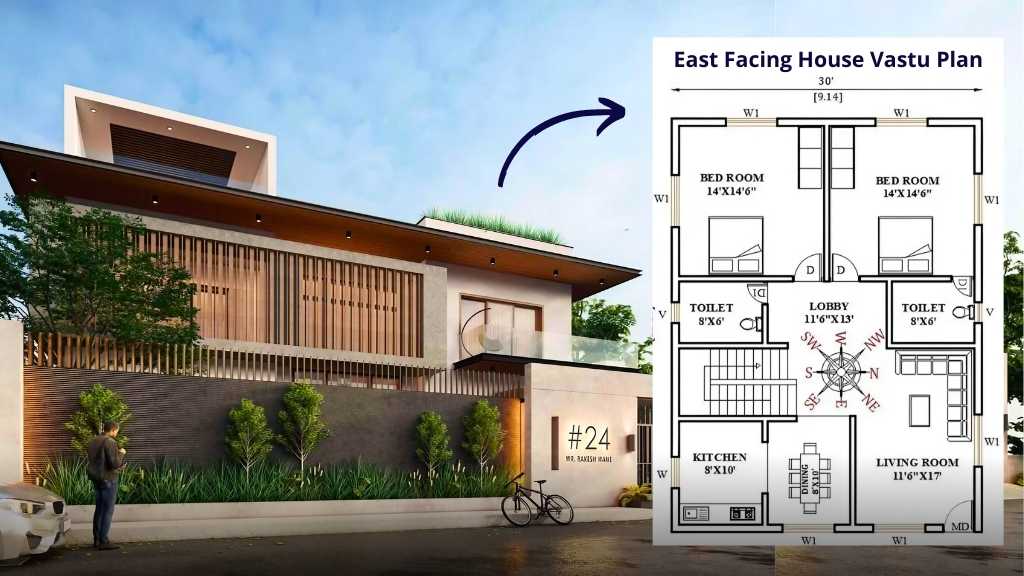
The concept of Vastu Shastra, an ancient Indian architectural system, holds great significance when it comes to the orientation of a house. Among the various orientations, an east-facing house Vastu plan has its unique significance. According to Vastu principles, the east direction is associated with the element of light and the rising sun. It is believed to bring positive energies and a sense of vitality to the occupants of a house. An east-facing house receives ample sunlight in the morning, which is considered auspicious and promotes a healthy and vibrant living environment.
In this article, we will explore the importance of east-facing house plans as per Vastu and how they can impact the energy and harmony within a home.
When considering an east-facing house Vastu plan, it is crucial to conduct a comprehensive Vastu analysis before construction begins. Not all Vastu principles are universally applicable, making analysis essential to ensure a harmonious living environment.
Determining the directional facing of a house can be challenging for many individuals, leading to confusion. While it is commonly believed that a house aligned with the rising sun automatically qualifies as an East facing house, this is not always accurate. The tilt of the Earth’s axis and the changing direction of the rising sun throughout the year necessitate a more precise evaluation.
To determine the true directional facing of a house, using a compass is the most reliable method. By stepping out of the house through the main entrance and observing the direction faced, one can ascertain whether the house is East facing or not. If the direction faced is towards the East, then it is indeed an East facing house.
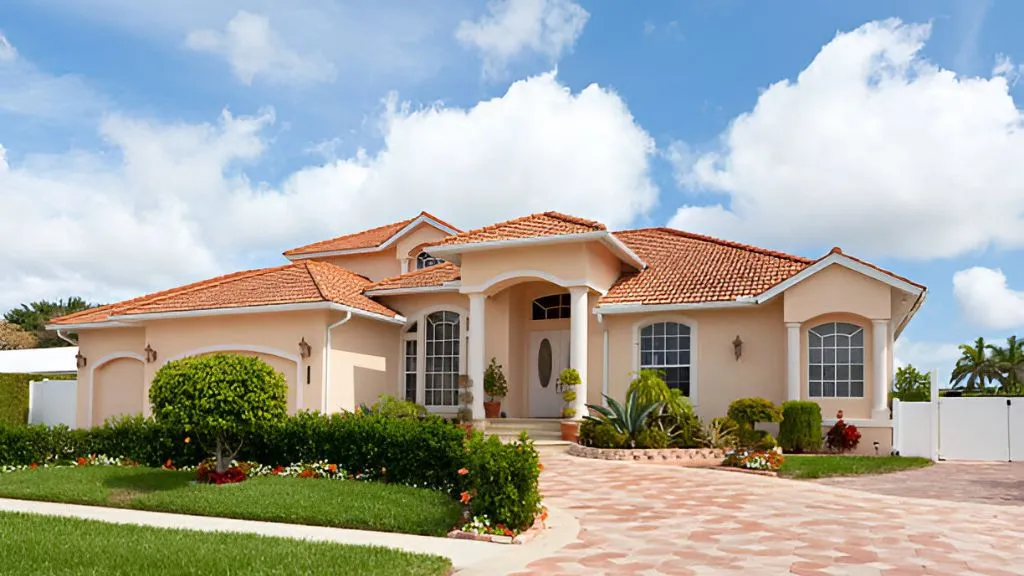
While East facing houses are generally associated with positive qualities such as authority, power, and elegance, it is important to consider individual factors such as profession and astrology when assessing compatibility. Occupants with qualities aligned with the Sun and the element of air, representing agility, new beginnings, focus, creativity, and protection, may find an east-facing house plan as per Vastu suitable. However, it is necessary to evaluate specific circumstances and consult a Vastu expert for personalised guidance.
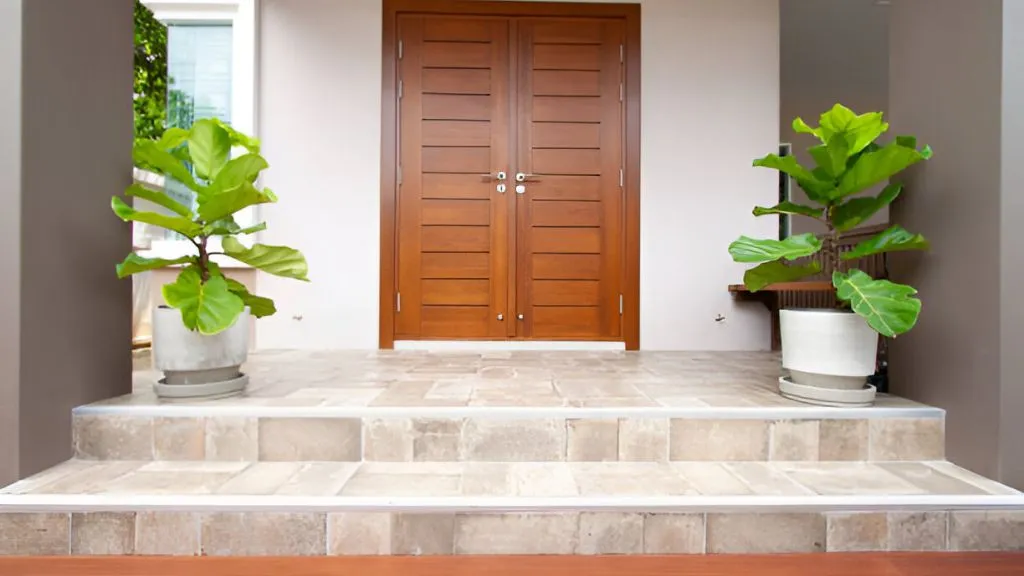
The positioning of the main door is crucial for the auspiciousness of a house, regardless of its directional facing. In an east-facing house Vastu plan, the main entrance should ideally be placed in the Jayanta or Indra padas of the East side. These positions channel positive energy, promoting prosperity and happiness for the residents.
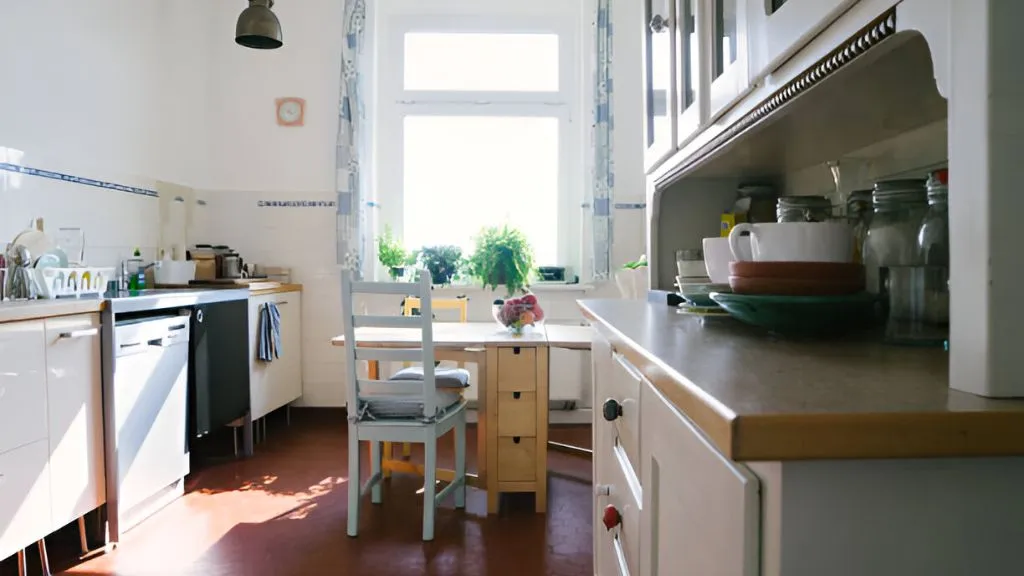
For an east-facing house Vastu plan, the kitchen should be located in either the northwest or southeast direction. It is important to face east while cooking in a south-east kitchen and west while cooking in a north-west kitchen. The temple, representing a sacred space, is best placed in the northeast direction.
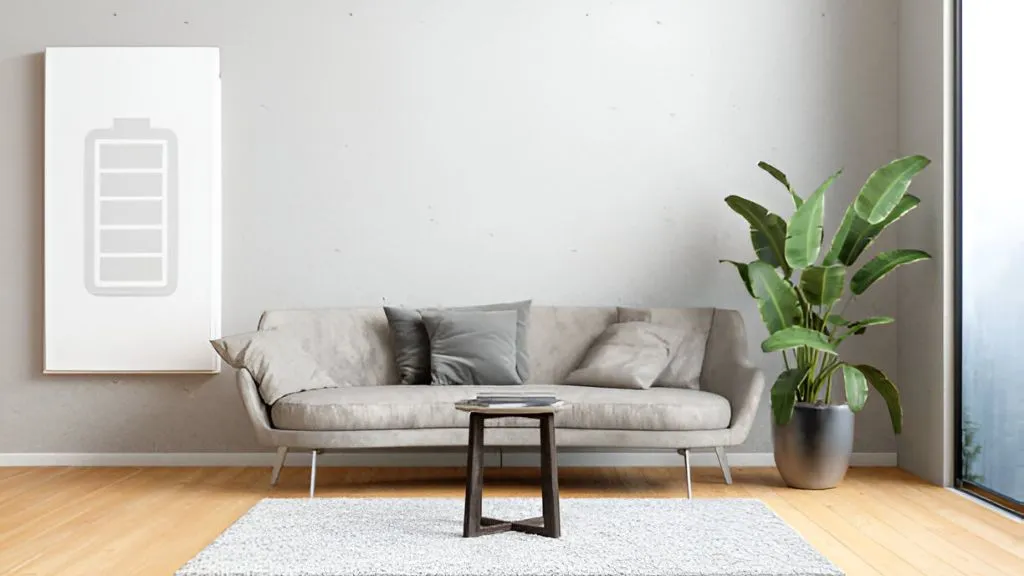
The placement of the living room in an east-facing house Vastu plan significantly influences the attraction of prosperity and success. Consider the following Vastu guidelines:
Location: Situate the living room on the northeast side of the house, as it is considered auspicious according to Vastu principles. Additionally, ensure that the walls on the north and east sides are slightly shorter and thinner compared to the south and west walls. This arrangement promotes positive energy flow and enhances personal and professional life.
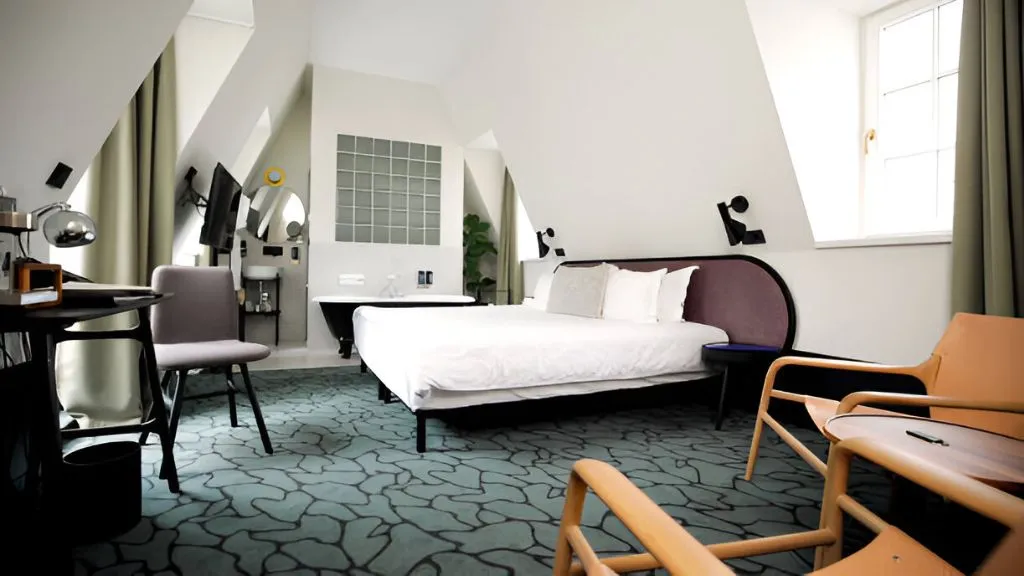
When designing the master bedroom in an east-facing house plan, it is essential to incorporate Vastu principles to establish a harmonious and balanced space. Here are some guidelines to follow:
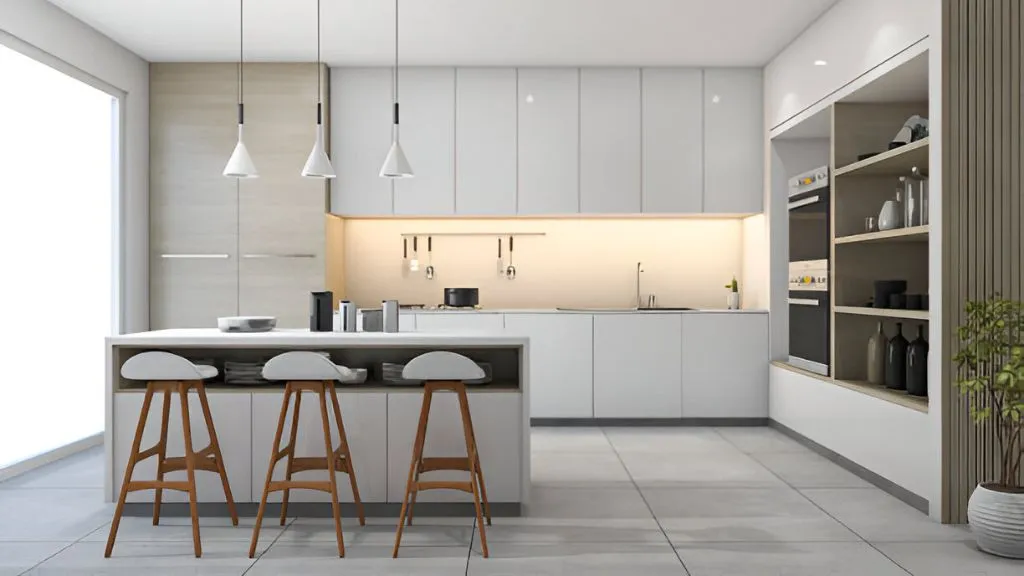
To create harmony during meals in an east-facing house, it is important to incorporate Vastu principles in the dining room. Follow these guidelines:
Location: Design the dining room in continuation with the kitchen, on the east, west, or south side. Avoid placing the entrance door of the dining room directly facing the entrance door of the house.
Sitting Arrangement: According to Vastu, ensure that individuals sit facing east, north, or west in the dining room. The head of the family should occupy the east side, while other family members can face east, north, or west.

In an east-facing house, the study room should be designed to facilitate an optimal learning environment based on Vastu principles. Consider the following guidelines:
Location: Orient the study room to face the east or west direction, with the north direction being the second-best choice as per Vastu. Avoid placing the study chair directly behind the door and leave a slight gap between the study table and the adjoining wall to allow for energy circulation if the table is placed along the wall.
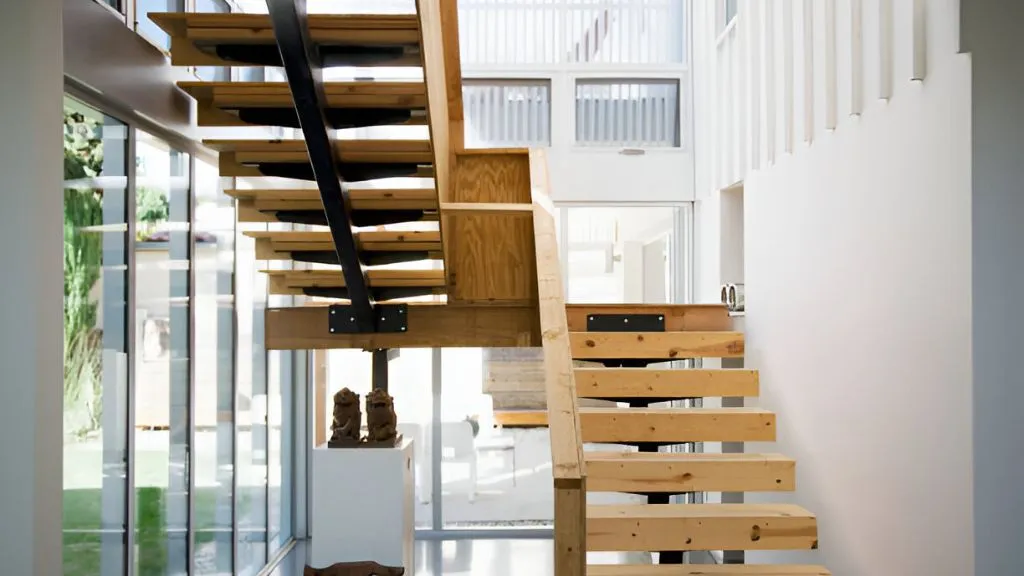
Proper placement of the staircase is crucial in an east-facing house to maintain positive energy flow. Adhere to these Vastu guidelines:
Location: Avoid locating the staircase in the northeast corner of the house. The preferred positions for the staircase in an east-facing home are the southeast corner of the northwest corner. The staircase should not be situated in the central square of the house and should always turn in a clockwise direction. Avoid constructing rooms under the staircase, but utilise the space for storage purposes.
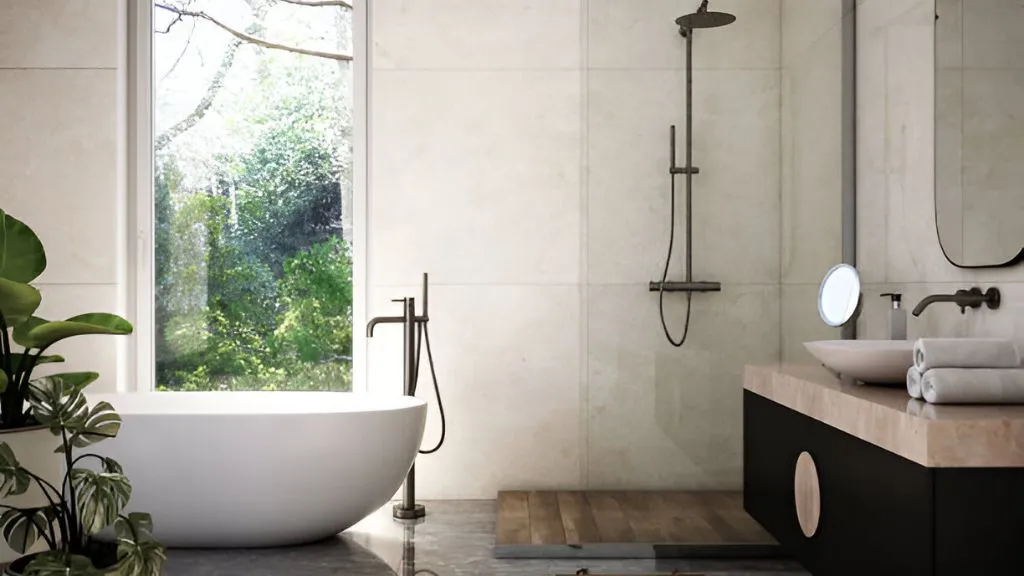
When designing the bathroom in an east-facing house, consider the following Vastu guidelines:
Location: Place the bathroom on the southeast or northwest side of the house. It is advisable to avoid constructing bathrooms and toilets in the northeast direction, as per Vastu principles.
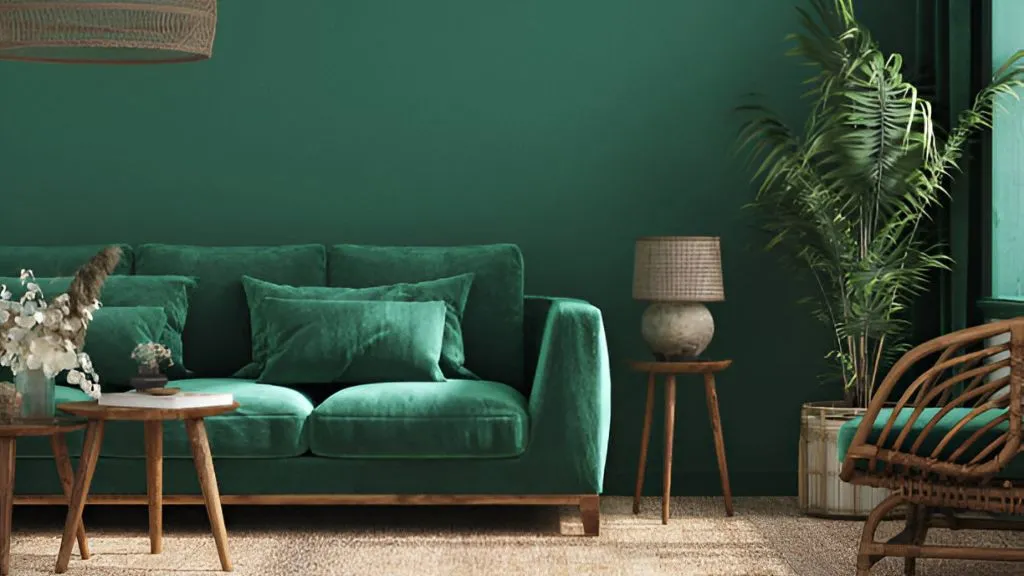
To enhance brightness and appeal in an east-facing house, selecting the appropriate wall colours is essential. Consider the following recommendations:
Bright and Welcoming: Opt for wall colours that create a bright and welcoming ambience, as ample sunlight is desired. Green and blue are excellent choices for an east-facing apartment, as they evoke a calming effect and add sophistication. For a minimalist theme, consider a combination of white and subtle shades of pink.
To ensure a harmonious living environment in an East facing house, follow these do’s and don’ts:
The significance of an east-facing house Vastu plan cannot be overstated. Incorporating Vastu principles into the orientation and arrangement of a house can have a profound impact on the energy and atmosphere within the living space. An east-facing house is believed to harness the positive energies of the rising sun, bringing vitality and prosperity to its occupants.